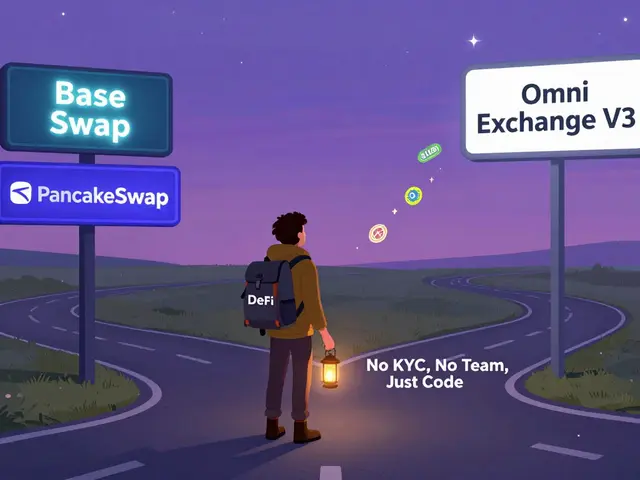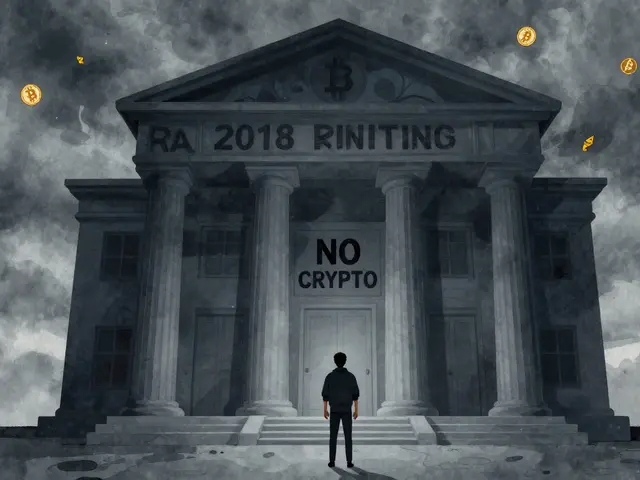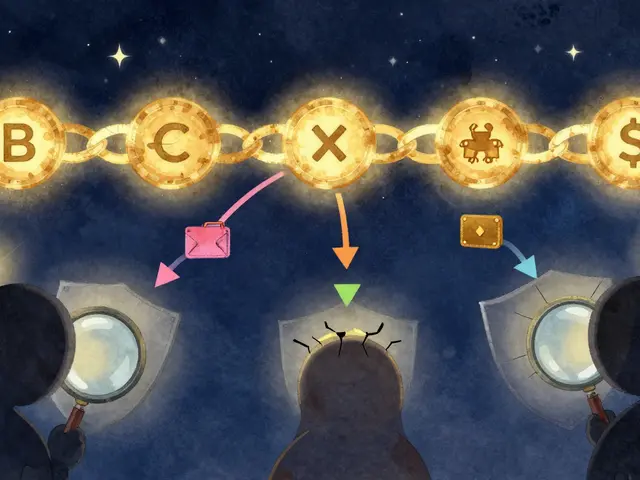Crypto Regulation in Latin America: What’s Changing and Who’s Affected
When we talk about crypto regulation Latin America, the patchwork of laws across countries that determine whether cryptocurrency is legal, taxed, or banned. Also known as Latin American crypto laws, it’s not a single system—it’s a dozen different stories playing out at once. In some places, crypto is seen as a lifeline against inflation and banking exclusion. In others, it’s treated like a threat to national currency and financial control.
Take El Salvador, the first country to make Bitcoin legal tender. Also known as Bitcoin nation, it’s a bold experiment that’s drawn global attention—and criticism. Meanwhile, Brazil, a market with over 10 million crypto users. Also known as Latin America’s largest crypto economy, it’s moving toward formal oversight with licensing rules for exchanges and clear tax guidelines. Then there’s Mexico, where crypto is legal but tightly monitored for anti-money laundering. Also known as Mexico’s crypto compliance zone, it’s forcing platforms to register with the central bank or face shutdowns.
Not every country is on board. Myanmar, though not in Latin America, shows what happens when regulators clamp down hard. Also known as crypto ban model, it shuts down bank accounts linked to crypto activity and punishes users. Latin America has its own version of this in places like Ecuador and Bolivia, where crypto use is restricted or outright illegal. But even there, people still trade—through peer-to-peer apps, cash deals, and offshore wallets.
The real tension isn’t just about legality—it’s about control. Governments want to track transactions, collect taxes, and prevent fraud. Crypto users want privacy, speed, and freedom from banking fees. This clash plays out in crypto taxes Latin America, how each country decides who pays, how much, and when. Also known as crypto income reporting, it’s becoming a major headache for traders. In Colombia, you report gains as capital income. In Argentina, crypto is treated like foreign currency. In Chile, it’s still unclear—so people wait, watch, and trade cautiously.
What’s missing? Consistency. There’s no regional bloc, no shared framework. Each country writes its own rules, often without consulting the market. That’s why you’ll find traders in Peru using U.S.-based exchanges while those in Colombia stick to local platforms with licenses. It’s why some startups build in Uruguay because of its clear rules, while others avoid Venezuela entirely due to unpredictable enforcement.
This isn’t about whether crypto is good or bad. It’s about where you live, what you own, and how much risk you’re willing to take. The posts below show you exactly what’s happening—from the legal gray zones in Argentina to the regulatory wins in Brazil. You’ll see how people are adapting, which exchanges are still open, and which coins are getting squeezed by new rules. No fluff. Just what you need to know to stay safe and smart in Latin America’s wild crypto landscape.
Cryptocurrency Restrictions in Ecuador: What You Can and Can't Do in 2025
Ecuador doesn't ban cryptocurrency, but banks block all crypto transactions. Learn how people buy Bitcoin, pay taxes, mine, and navigate strict rules in 2025 - and why adoption remains below 3%.





